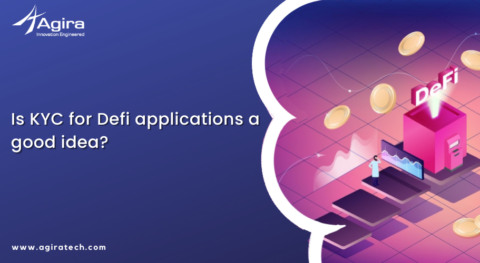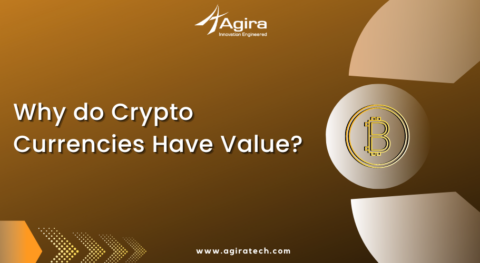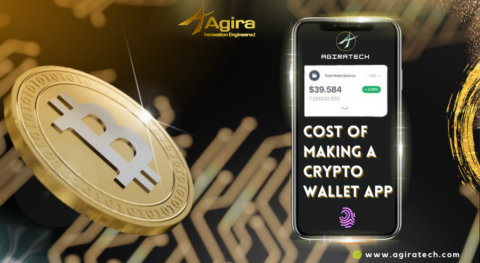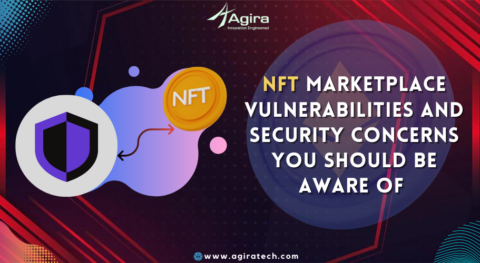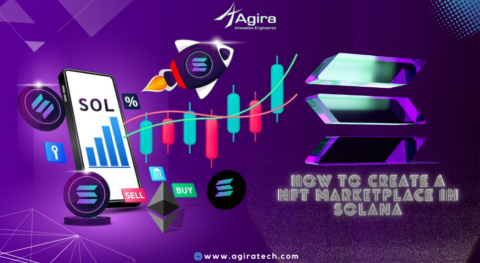The NFT marketplace is a profitable business opportunity in the crypto sphere. Its rapid growth and abilities offer many business developers and technology ventures tremendous opportunities. The ability to display your work of art to the world and draw profits without legal constraints has attracted millions of users. Though once considered a rich man’s game, it now offers talented individuals a steady revenue stream.
What is Whitelabel NFT Marketplace?
The term ‘white-label’ suggests that the product is generic, meaning it doesn’t come with a brand or company name. Hence, anyone can apply their logo to the product and sell it under their name. It is a multi-tested smart contract-based platform that operates on generic NFT standards for interoperability among major marketplaces. This means you can develop a personalized NFT marketplace similar to the functionalities of OpenSea, Rarible, etc. Blockchain networks like Ethereum, Binance Smart Chain, Solana, and Polygon are the most preferred.
Why opt for the Whitelabel NFT marketplace?
The time and cost required to develop and launch a Whitelabel NFT marketplace are minimal compared to creating an NFT marketplace from scratch. As the platform is pre-built, it alleviates your workload, allowing you to focus on user experience (UX/UI). Since Whitelabel software products are well-tested, you don’t have to worry about bugs.
Highlighting Features
Whitelabel NFT minting
NFT minting is a lucrative process where digital art becomes a part of the blockchain network. Using NFT minting solutions, you can create digital assets, mint them and sell your NFTs without the need to code Smart Contracts. You can then share the newly-minted NFTs across your marketplace or different channels with ease. This allows the artist to become a part of the selling platform in no time without having to have cryptos in their portfolio.
Cross-chain compatibility
Whitelabel NFT marketplace offers seamless NFT creation and trading experience by connecting with different blockchains. Hence, the user can create and list his NFT in multiple networks, providing global visibility for NFTs.
Multi-standard support
The platform supports all existing NFT standards, which allows you to create NFTs of your unique assets like art, music, physical assets, etc. You can also trade NFTs in bulk. ERC-721 and ERC-1155 are the most popular NFT standards on the Ethereum network.
Multi-tier security practices
Security is a vital component of any marketplace. Marketplace users can secure their accounts using high-security features like 2-factor authentication, Google authenticator, etc. Prioritizing users’ identities and data will win you more loyal users. Also, ensuring end-to-end encryption of data with real-time monitoring of the blockchain network keeps the platform safe from malicious traffic. Anti-DOS and DDOS protection keep the platform safe from marketplace breaches.
Complete personalization
Users can customize their platform from end to end to their business needs. With the platform’s framework already pre-built, users can quickly add on features to enhance their customers’ user experience.
Customer-centric approach
Customers are always a fan of simple workflows. Engaging your users with a simple workflow to mint and trade their NFTs at ease allows them to have a smooth and hassle-free trading experience. This feature helps newcomers get comfortable and smoothly embrace the technology.
Wallet integration
The integration of multiple crypto wallets makes it easy for users to trade on the platform. Also, offer payment options like credit, debit, or fiat currency. Building NFT marketplaces with flexible payment options empowers customers with the buying capacity and increases trade on the platform.
Multi-functional admin and user dashboard
Design the dashboard to have advanced features for the user and admin to gain complete control over the marketplace. Create sub-admins, provide options to manage permissions and payment options, respond to customer inquiries, and more to cruise control your platform.
Whitelabel NFT Marketplace Development steps
Developers customize the Whitelabel NFT marketplace as per customers’ requirements to attract global users to the platform and produce the best market-ready NFT marketplace for the users. The first step in NFT marketplace development is to select the blockchain network. You can choose from blockchains like Ethereum, Binance Smart Chain, Solana, Polygon, or any other blockchain network that suits your requirements.
Once you’ve chosen the blockchain, the next step is UI development. Since the UI experience attracts users to your marketplace, make sure you think through your customers’ needs and get it right. Then comes the coding part, where the development of Smart Contracts for the operation of the NFT marketplace and its security takes place. Moving on to the IPFS storage setup to store all the NFTs of your NFT marketplace and DB to store user data.
Once you have set up these items, it’s time to integrate them and complete your NFT marketplace. The platform is then tested to find vulnerabilities and fix the bugs to improve performance. Lastly, release a beta version for selected users for feedback and launch your marketplace in the global market.
Closing thoughts
The NFT marketplace has brought many entrepreneurs into the crypto sphere. Due to the benefits, the need for Whitelabel NFT marketplaces has also increased. If you want to launch your NFT marketplace, you can reach out to our Agiratech strategist.





